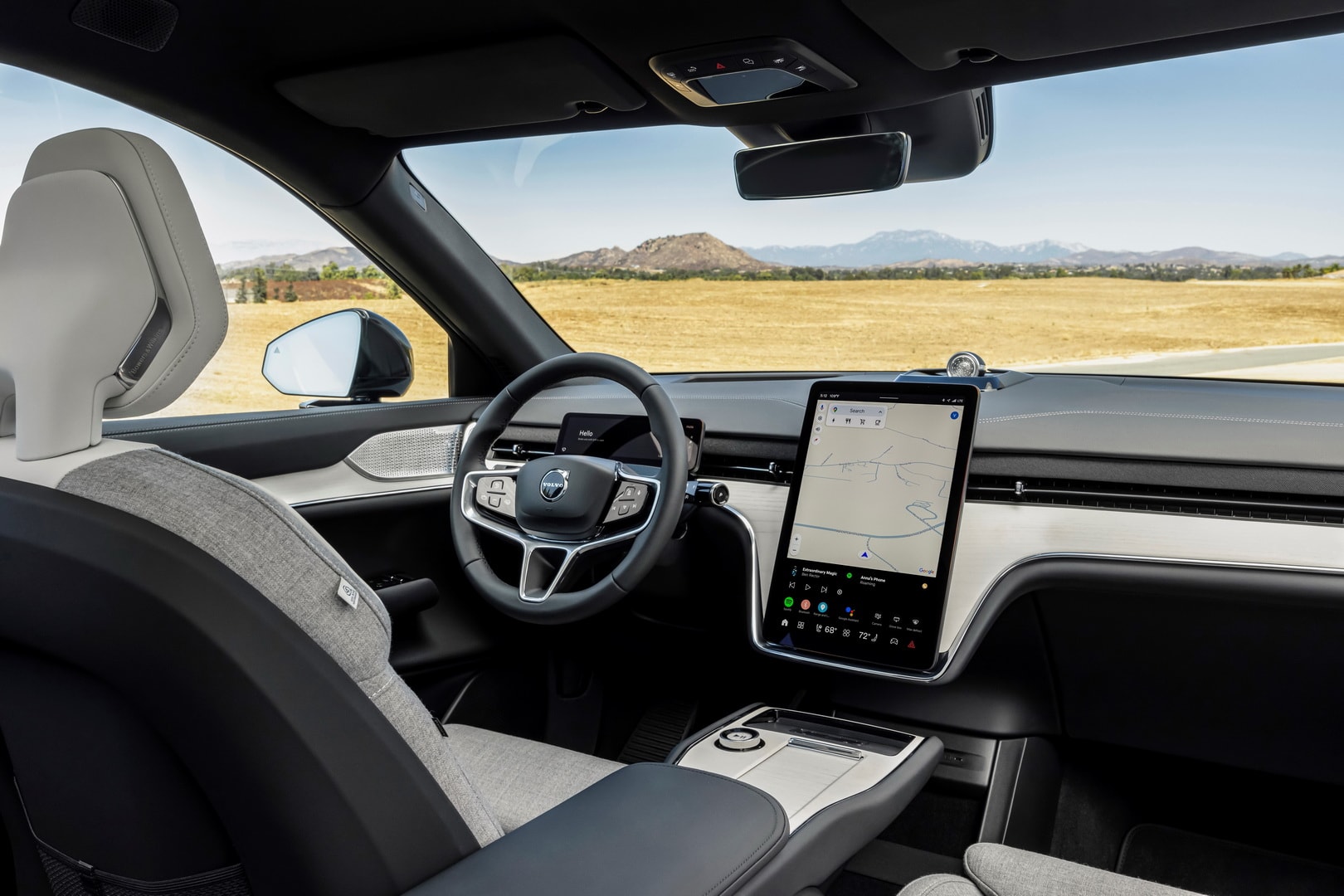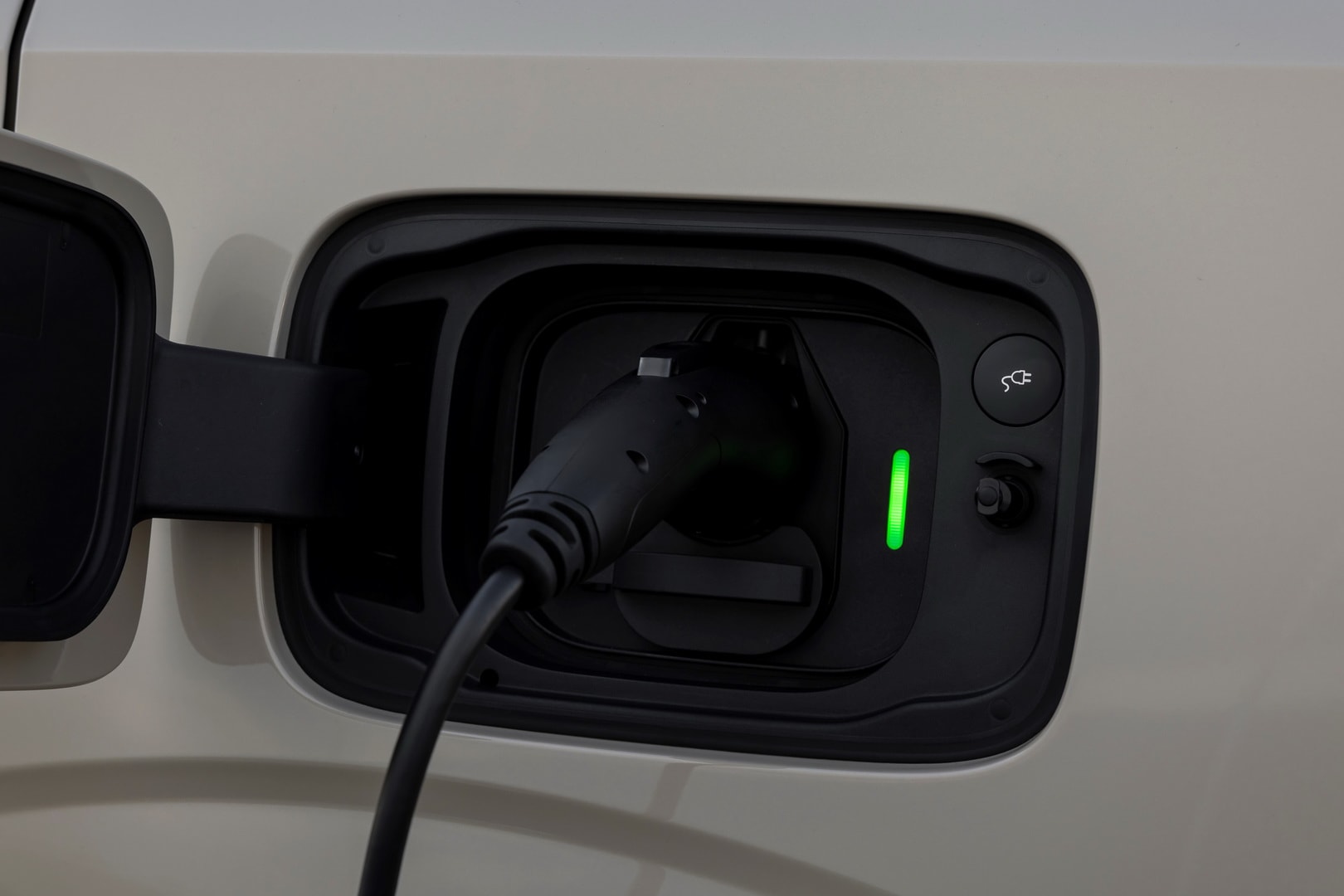Volvo’s ambitious plan to transition to an electric only lineup by 2030 has been derailed by sluggish EV sales. The Swedish automaker has now revised its strategy, aiming for over 90% of its vehicles to be plug in or fully electric by 2030, with the remaining models being mild hybrids. This shift reflects a growing trend in the automotive industry as carmakers reconsider their electrification plans in response to slowing EV demand and rising costs.
Despite government incentives being phased out in many countries, electric vehicles still outsell combustion engines, but the pace of adoption has begun to decelerate. The financial burden of producing electric cars, combined with the profitability of combustion vehicles, has prompted many manufacturers to delay or scale back their EV initiatives.
Volvo’s decision to abandon its all-electric target by 2030 underscores the evolving dynamics of the automotive market and the challenges associated with rapid electrification.

Several factors have contributed to the slowdown in EV sales. One significant factor is the rising cost of living, which has made it more difficult for consumers to afford electric vehicles. Additionally, concerns about the availability of charging infrastructure and the range of electric vehicles have also deterred some potential buyers.
Moreover, the ongoing global supply chain disruptions have impacted the production and availability of electric vehicles, further hindering their adoption. As a result of these challenges, carmakers are reassessing their electrification strategies. Some manufacturers are focusing on developing more affordable electric vehicles to make them more accessible to a wider range of consumers.
Others are investing in technologies to improve the range and charging capabilities of electric vehicles. Additionally, some carmakers are exploring hybrid and plug-in hybrid options as a more gradual transition to electric vehicles. Volvo’s decision to maintain a mix of plug-in hybrids and mild-hybrids in its lineup reflects a broader shift in the automotive industry.
While electric vehicles are still seen as the future of transportation, the path to achieving that future is becoming more complex. The challenges associated with rapid electrification, combined with the evolving needs and preferences of consumers, are forcing carmakers to adapt their strategies.
Volvo has revised its electrification strategy, shifting its focus to a more flexible approach that incorporates both fully electric and plug-in hybrid models. This adjustment comes in response to evolving market dynamics and customer preferences, as well as the impact of recent tariffs and phasing out of EV subsidies.
The Swedish carmaker, which is majority-owned by Geely, aims to achieve between 90% and 100% of its global sales volume to be electrified by 2030, including a limited number of mild hybrid models. This revised strategy marks a departure from Volvo’s previous goal of going fully electric by 2030.
The company has acknowledged that the market world has changed significantly, with factors such as the rising cost of raw materials, supply chain disruptions, and geopolitical tensions impacting the availability and affordability of electric vehicles. By incorporating plug-in hybrid models into its lineup, Volvo aims to offer customers a more diverse range of options that cater to their specific needs and preferences.

Furthermore, the decision to allow for a limited number of mild hybrid models to be sold demonstrates Volvo’s commitment to balancing its electrification goals with the practical realities of the automotive market.
While fully electric vehicles are undoubtedly the future of the industry, there may be certain segments or regions where mild hybrid technology offers a more viable and sustainable solution in the short term.
Volvo’s revised electrification strategy reflects a more pragmatic and adaptable approach to the transition to electric vehicles. By carefully considering the evolving market dynamics and customer demands, the company is positioning itself to achieve its sustainability goals while maintaining its competitiveness in the global automotive world.

